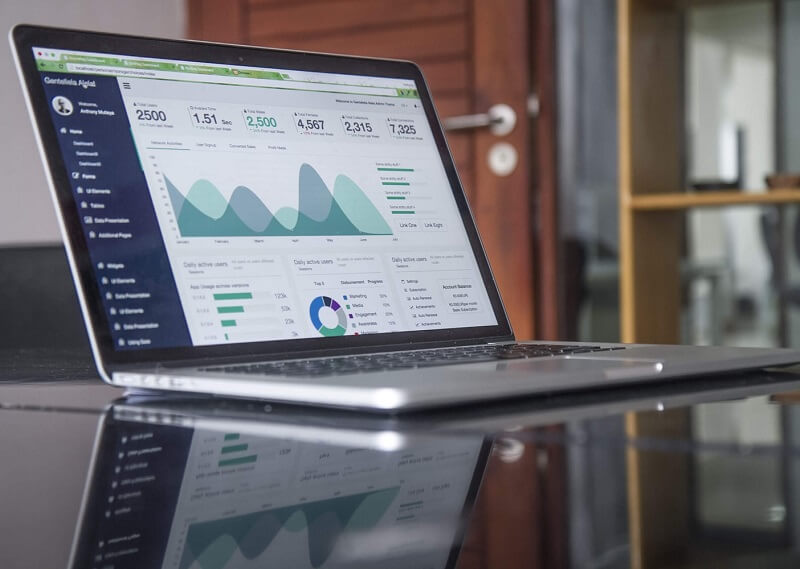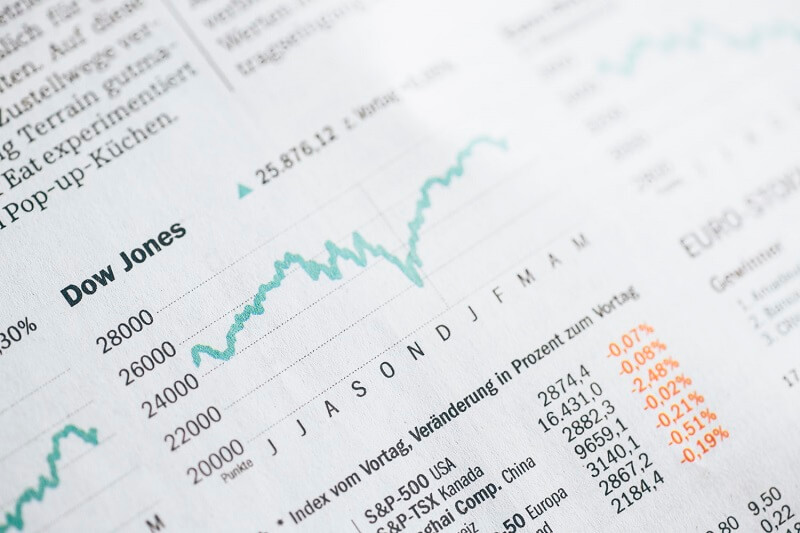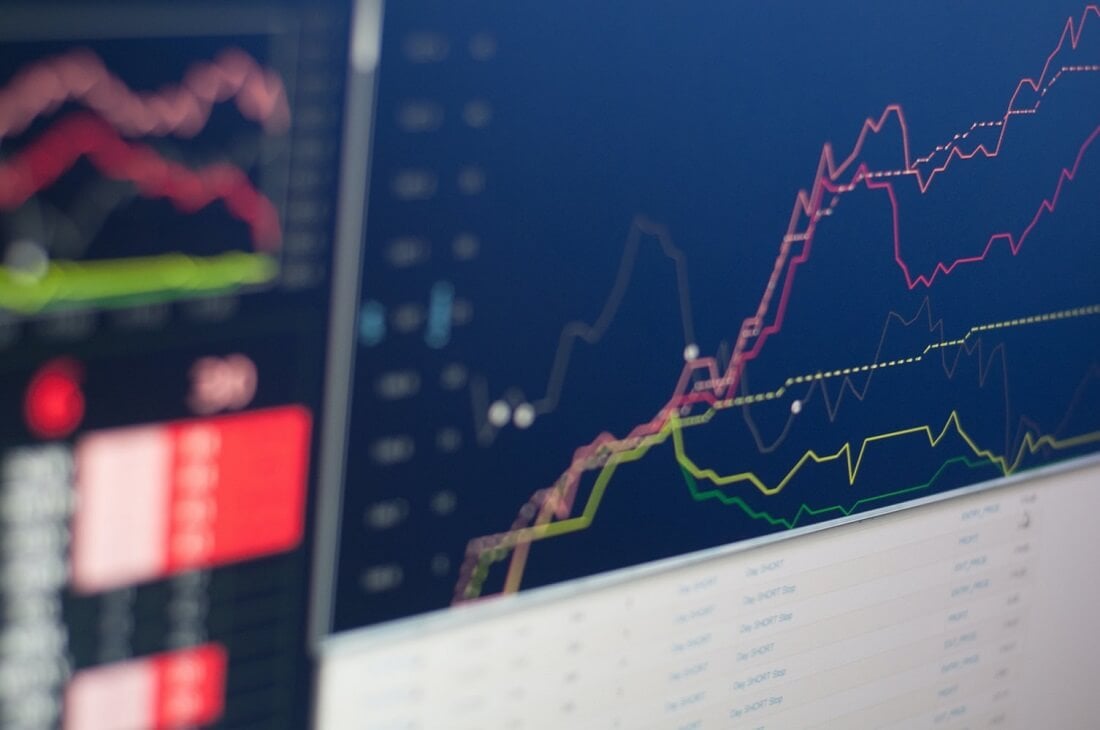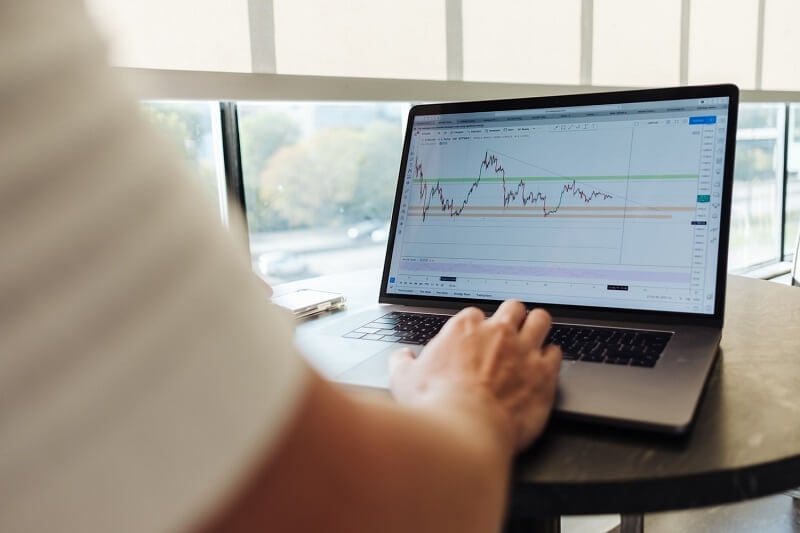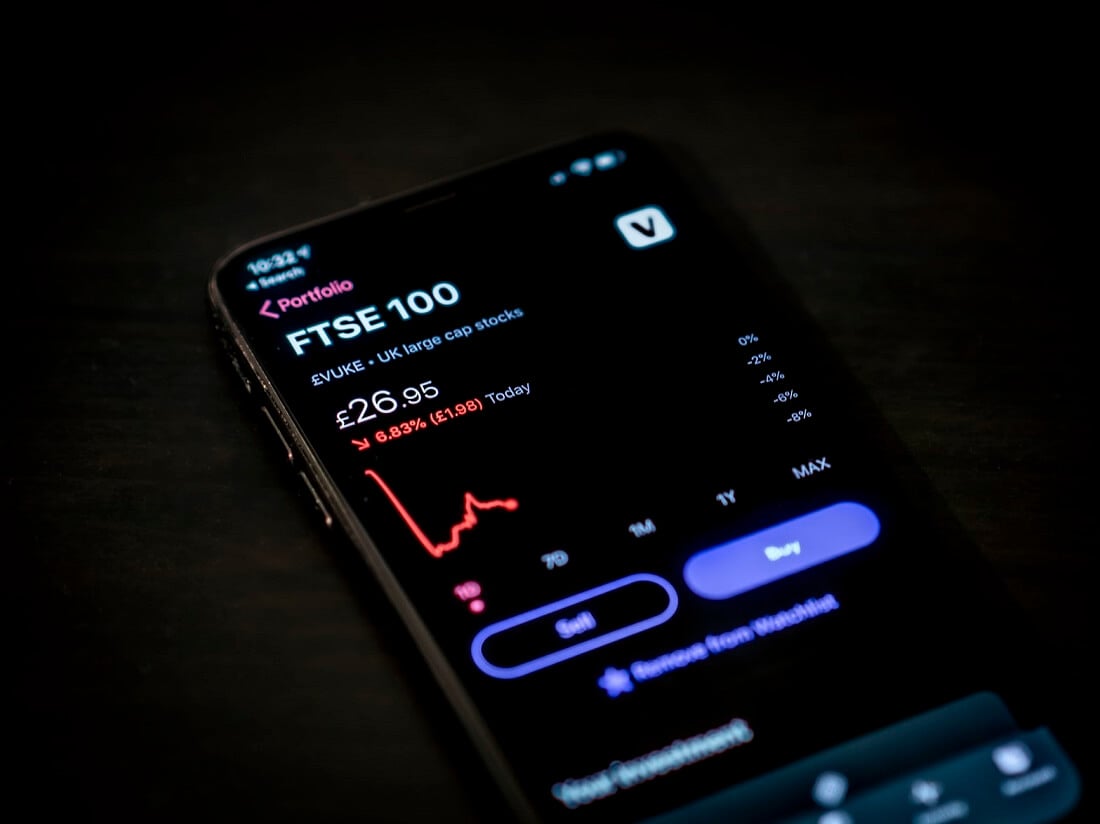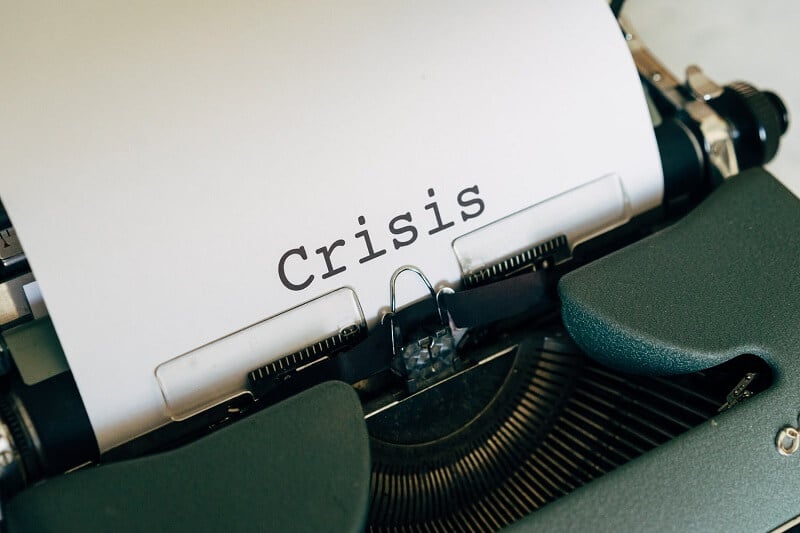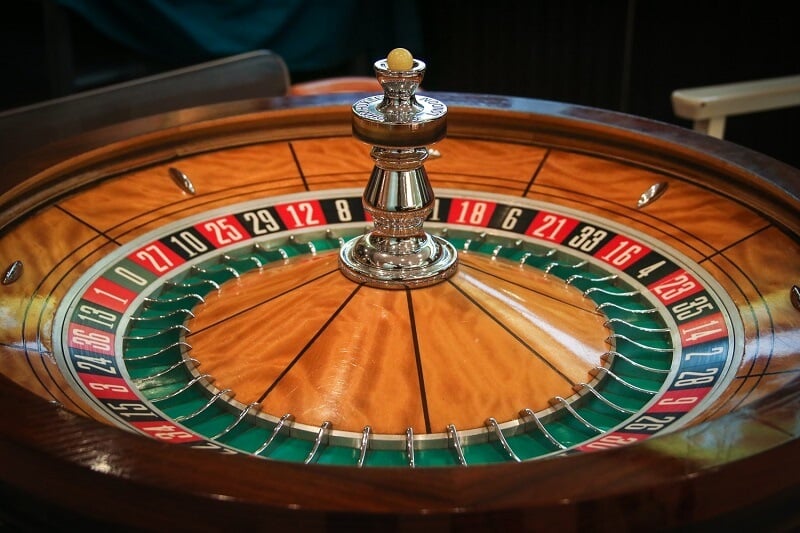
Anyone that guarantees profits of 100 percent or more should be marked as a scammer. There are no guarantees in Forex trading.
By Guy Avtalyon
According to some research, the new trading scams are increasing, so that’s the reason behind this Forex trader alert. Nothing is unusual; Forex trading increases and becomes more attractive for scammers as the people seek quick ways to earn money. As a beginner in the Forex market, you have to pay attention to these dishonest practices and avoid becoming a victim to those who prey on newcomers. In this article, I’ll give you the Forex trader alert and explain how to identify Forex market scams. But more importantly, I’ll tell you how to avoid them.
The forex market is the largest financial market nowadays. Its average daily trading volume is over $5 trillion. And it’s growing because more and more people are interested in earning by trading Forex. Today, it isn’t hard due to the advanced technologies implemented in trading platforms. Trading can be automated as much as you want, from partial to complete, so it’s more convenient for ordinary people without a great knowledge about trading currencies.
Forex trader alert: signal seller scams
I know that almost all beginners believe that a good signal seller is a MUST if they want to profit. But how will you know who is a good signal seller? How will you distinguish good signal providers from the scammers? Well, you have to look out for multiple characteristics, many different things.
One of them is unverified results. To be clear, if the signal sellers tell you they have an extremely high percentage of return, but they don’t have a track record to document, you can be sure they are scammers. Why? Simply, if they don’t have the track record, it is more likely they have never been trading based on these signals.
The second forex trader alert could be subscription fees. Some scammers may offer you marvelous profits without verification. But here is a catch: to get access to the trade, they will ask you to pay extremely high subscription fees – one thing you have to pay attention to. When you give them some of your banking or credit details, they could use them for some other purpose, so be very careful when doing so.
My main concern about these scammers is how do they expect anyone to believe them. For example, if they have such great trade signals, why should they sell them? Why don’t they keep them out of the public eyes and use them to profit big? Why are they selling them?
Also, as a beginner, pay attention to broker-tied signals. For example, a signal seller offers you this kind of service, but only if you sign up with a particular broker. They might receive the broker’s provisions, so they don’t really care whether your trade results in losses or profits.
Forex trader alert: How to avoid scammers
Scammers will promise you large profits with minimum or no risks. The logical question is how anybody can guarantee anything 100 percent? So, if someone gives you 100 percent guarantees, the alarm must be turned on because it’s more likely fairy tales. On the other hand, if someone has a 100 percent working strategy, why should they want to sell it? Instead, such could enjoy all benefits and profit in the market, right?
These scammers will ask you some small fees or no fees. But be cautious. There is no such thing as free lunch. Well, maybe in the mousetrap. Keep this in mind, especially if you’re a beginner in the Forex market.
But nothing is black and white as usual. Even with the knowledge that you can find many scammers out there, the Forex market is a great opportunity to profit. All you need to do is to follow some simple rules.
For example, if you find some platform or broker claiming that has confidential data or a secret method that will provide you large profits, ask for the free trial, demo account, or similar. Also, check if they are registered. Be especially cautious when they ask you to install any trading software. You have to check it, and sometimes that will require professional assistance. Fraudulent software can be hazardous for your computer, your personal data, and sensitive data on your computer.
For example, a valid broker will provide you a proof of its legitimacy. Anyway, pick the Forex broker from the list of regulated companies.
It would be best if you had a trusty and safe broker, not one that gives you false promises. Check Traders-Paradise’s Wall of Fame.
How to find a reliable Forex broker?
It’s not an easy task, so take your time and examine it. Don’t rush! You have to examine all pros and cons. Google it. Find as much info as you can. Read reviews, visit forums, ask people. It’s better to spend more time assessing the brokers than to have a bad experience with them and lose money.
Also, be very cautious whenever you see someone offering quick and easy money. Whoever tells you that you can make money with a gain of over 25% per month is lying to you. There is no easy money in the Forex market. You’ll need a lot of education, fast minded, and patience to be profitable here. You have to spend time and effort to learn how to trade. Otherwise, you’ll never earn even a small amount.
What can you do to protect yourself?
It is important to examine how the broker fits the regulatory authority regulations. You’ll find some information on brokers’ websites, so check them. Look if you can find some anomalies, something strange or unusual. Compare that with regulations.
Almost to forget, read all the small letters! Sometimes you’ll find important things there. Remember, scammers like small letters! They like to put their terms and conditions there, and you might have a problem when wanting to withdraw, for example, bonus funds.
What should you ask to avoid Forex trading scams?
You have all the right to ask questions to determine if you’re dealing with a trustworthy broker or scammers. Also, demand all the info in written form. No, you cannot give trust based on a phone call or verbal communication.
For example, ask the broker about the bid/ask spreads. If the broker says it is around 8-9 pips, don’t trust. The regular bid/ask spreads are 2 or 3 pips. This is a great forex trade alert. The spread is very important both for the trader to make a profit and broker.
Always use the service of a regulated broker. Such has good client reviews, and it’s authorized, transparent in fees and compliance policy.
The attraction of quick and easy money will always be around us and present in the market among the traders. That’s why you must understand what it takes to be successful at currency trading. Using a get-rich-quick scheme will put you at risk. Nothing good could come with it. Remember, never pick the broker with great but unrealistic promises and don’t trade randomly.
I’ll tell you more about the second in one of the next articles.






